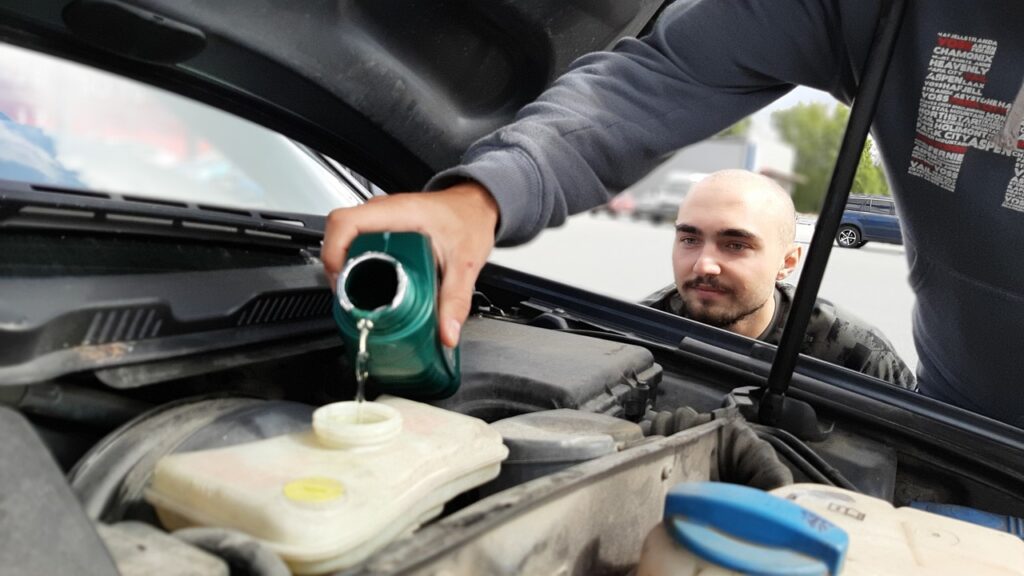For a car to function in the best possible way, there is a need to be aware of all the signs. Oil is one of the most important components for the operation of a car, as its absence can lead to problems in the car's engine.
Oil has functions such as lubricating the engine's moving parts, maintaining its temperature, preventing overheating, and keeping the engine clean. Lubricants reduce the likelihood of rapid wear and corrosion on other car parts.
There are several types of oil:
– Petroleum oils are produced from crude oil refining and are relatively affordable. However, they are subject to evaporation, and thickening in cold weather. Its use can lead to the accumulation of sludge if the engine overheats.
– Semi-synthetic oils are produced by adding synthetic additives to a petroleum base - one third of the total amount. They are resistant to freezing, but gradually lose their viscosity during use. Decomposition products can be deposited inside the engine.
– Synthetic oils are made from hydrocarbons from a chemical reaction. They protect the engine against corrosion and have a long service life, but they are expensive.
– Hydrocracked oils are produced by modifying crude oil at the molecular level. They are available at low prices, but at the same time they quickly lose their properties and cannot withstand rapid changes in temperature.
Oil usage tips:
On average, the service life of an engine oil is 10 to 000 km (with a significant load on the engine the average can be estimated at 15 to 000 km).
Furthermore, an annual oil change is recommended even if the car is unused. Every 1 km, check the oil level and the condition of the lubricant with the help of the dipstick.
When changing oil, different types and brands must not be mixed. You should only use the one recommended by the car manufacturer.
Causes and signs of engine oil degradation:
– Mixture of lubricants of different types and classifications leads to the formation of insoluble particles on the engine walls. This can be visible with the oil dipstick;
– Some fluids lose their properties due to exposure to different types of temperature. When checking the oil with the dipstick you will notice a change in the consistency of the oil;
– If there is no annual oil change, with prolonged use, the fluid loses its properties. You can check this by changing the color and consistency of the oil;
– Driving the vehicle idling for a long period of time can negatively affect the oil quality.
How to change your car oil step by step:
1. Park the vehicle on a level surface and allow the engine to cool for 10 minutes.
2. Unscrew the oil pan cover.
3. Drain the used oil into a pre-prepared container.
4. When changing the oil, be sure to install a new oil filter. A clogged filter cannot function efficiently.
5. Before installing the filter, pour about 200 ml, and use a certain amount of oil to lubricate the sealing ring.
6. First, pour about 80% of the amount of fluid recommended by the car manufacturer. Gradually add the rest, about 150 ml at a time, and continue to check the level with the dipstick. The oil level mark must be between the “Min” and “Max” lines.
7. Inspect all seals, gaskets and oil cap. Replace them if necessary.
If you follow all these steps, you can change your car's oil without having to go to a specialist.
Information taken from Autodoc



















Comments